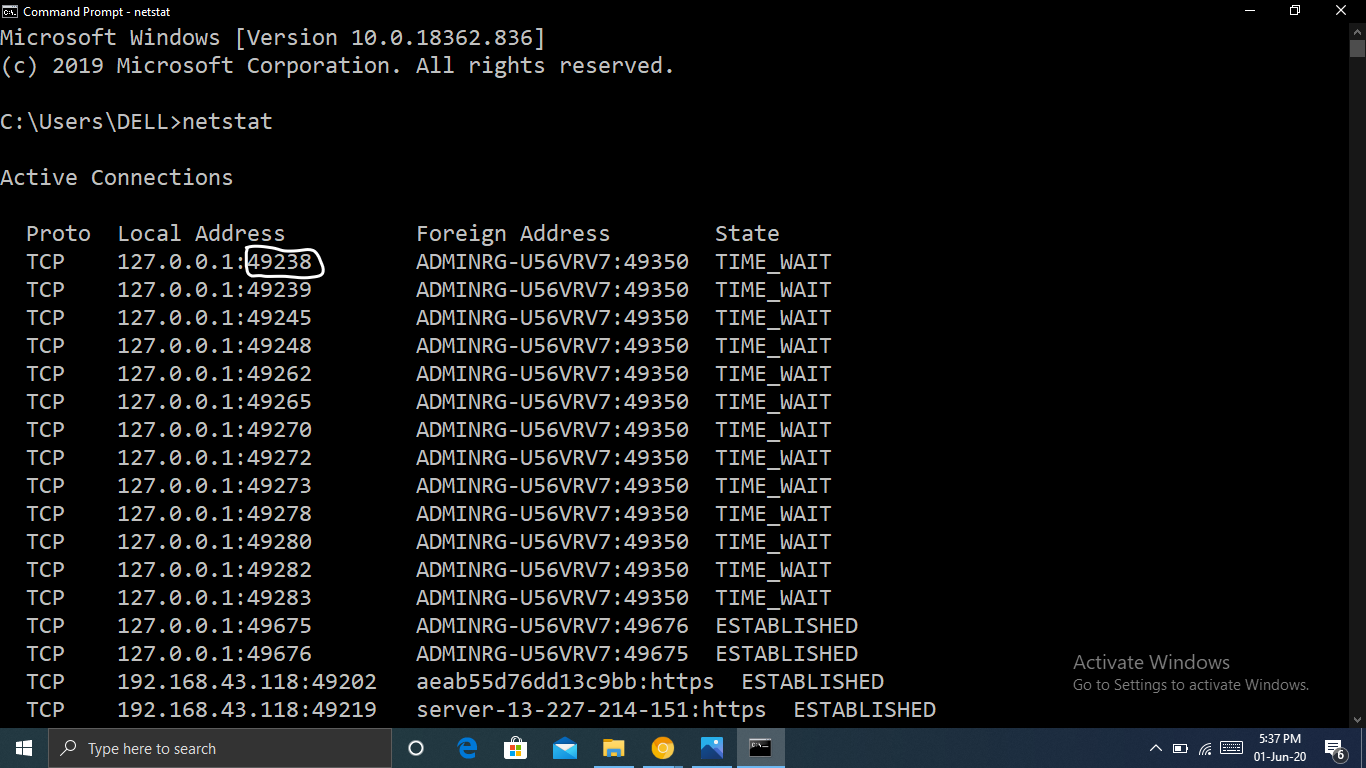


(Click the "XML" hyperlink on that page if you want to see the whole list, not broken up by port number.) Because that service was recognized as being important, it was given a relatively low number on IANA's ports list.

You don't need to think of them as any more complicated than that.įor instance, TCP port 80 is widely recognized as being the HTTP port. In order to not get in the way of services that may later want to use proprietary "registered" ports, the network stack will typically try to avoid using either well-known or registered ports for this, and instead will restrict itself to the ephemeral/dynamic ports between 4915.

NON EPHEMERAL PORTS CODE
When a client or server process asks to listen on a port, or asks to initiate an outgoing TCP connection or UDP flow, and doesn't specify a particular port, the TCP and UDP networking code in the kernel (the "network stack") assigns them a currently unused port arbitrarily. It's considered best practice for an OS to try not to use these ports. Same with SSH (22), Telnet (23), SMTP (25), FTP (21), etc.īetween 102 are a bunch ports that have been assigned as the default port for a lot of not-so-well-known, especially corporate/proprietary protocols. Random User shouldn't be able to run an HTTP server on the box and make it seem like that user's HTTP server is THE OFFICIAL HTTP server for that box by running it on port 80. This is under the assumption that your Unix box is actually a multi-user system, and J. Historically, a lot of well known protocols, such as HTTP (80), have been assigned default ports below 1024, so many OSes, including most Unixes and Unix-like OSes, don't allow you to open a listener on those ports unless you have administrator/root credentials. NAPT, PAT) gateway, and any of them can be used for a client to initiate a connection from. Any of them can be used for a service/daemon to listen on, any of them can be port-forwarded in a NAT (a.k.a. Here is a great explanation of what ports are for, complements of jcrawfordĪs far as the TCP and UDP protocols are concerned, ports are all the same. Here are the well-known ports and here are the registered ports. On most systems, registered ports can be used by ordinary users. They are assigned by IANA for specific service upon application by a requesting entity.


 0 kommentar(er)
0 kommentar(er)
